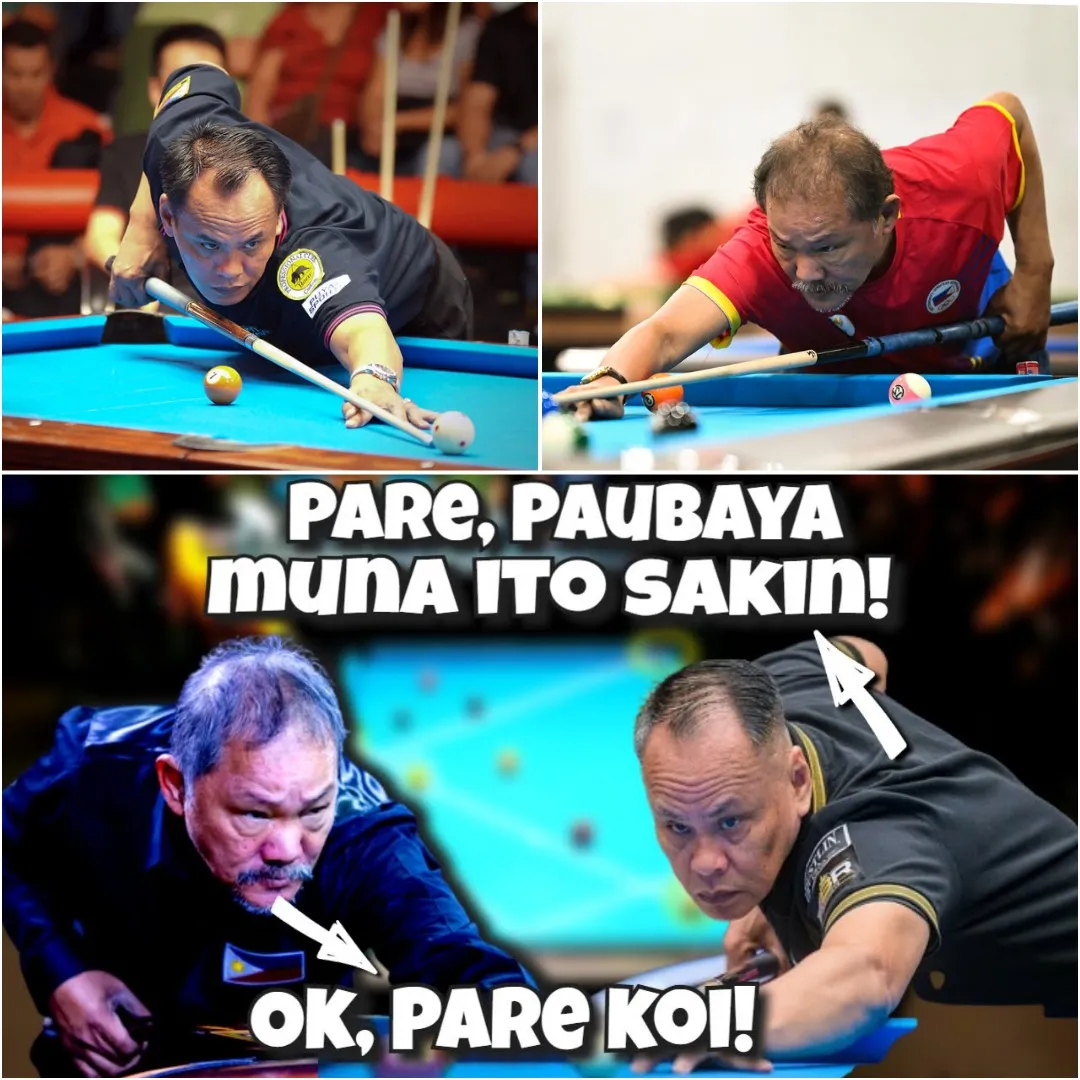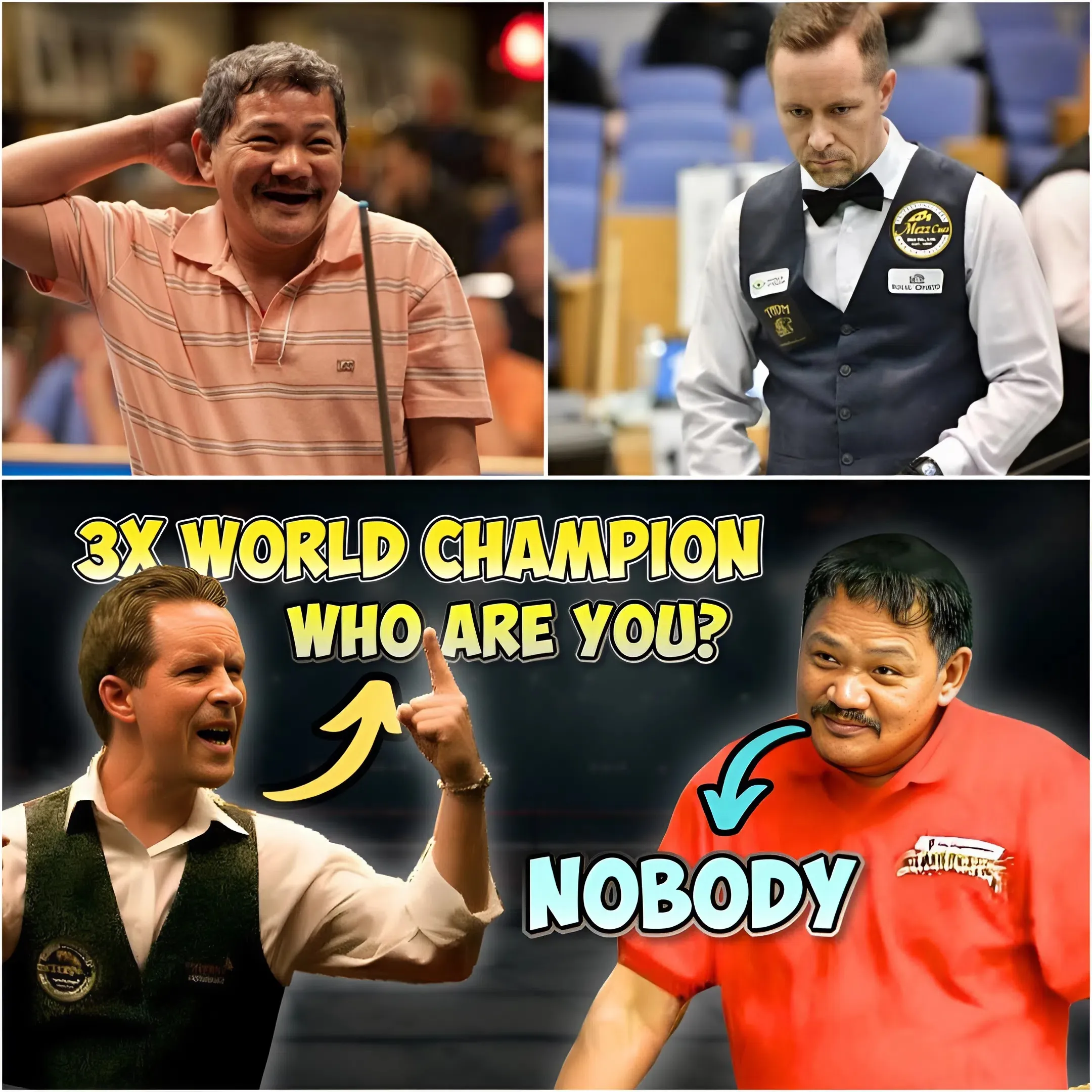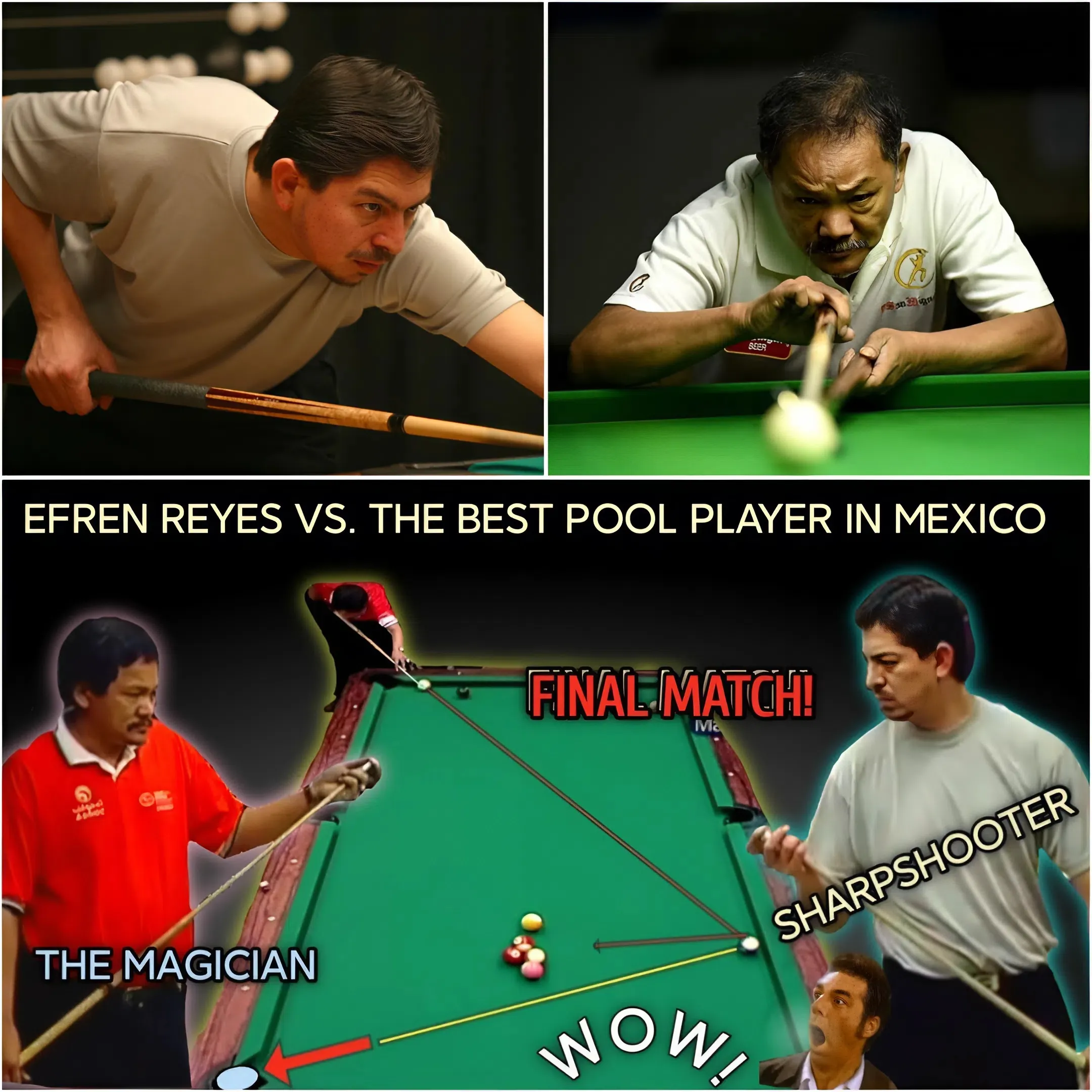
Whoops!
Page not found!
The page you are trying to reach cannot be found. In the meantime feel free to search or check out the articles below.

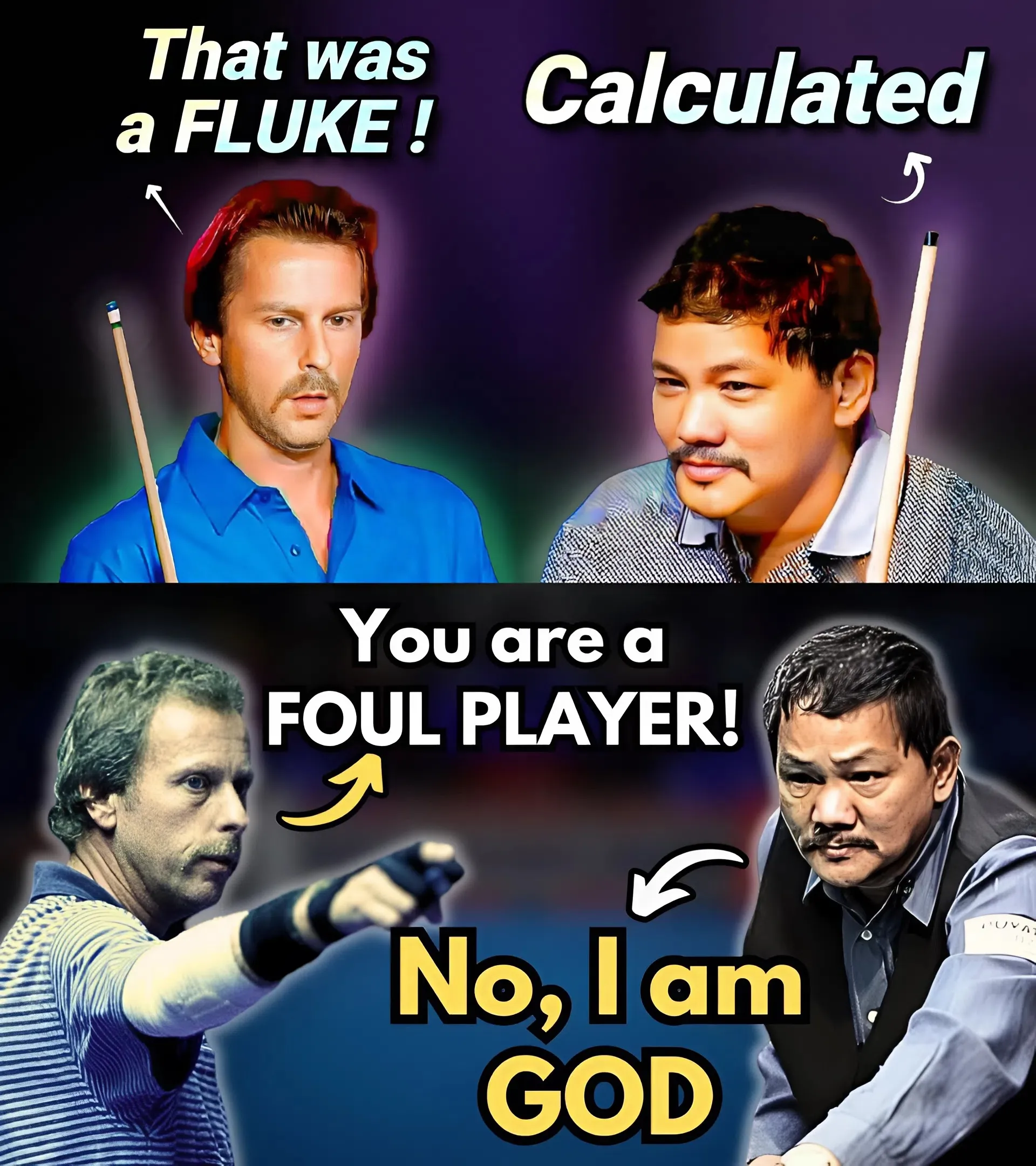
🌍 The Most Expensive Match in History! Efren Reyes vs Earl Strickland – Controversial Shot, Cold Expression and Tense Layout Every Second!

🔥 HISTORY REWRITE! The World's Biggest Pool Final: EFREN REYES vs MIKE SIGEL – The Legendary Showdown That Shook Florida!
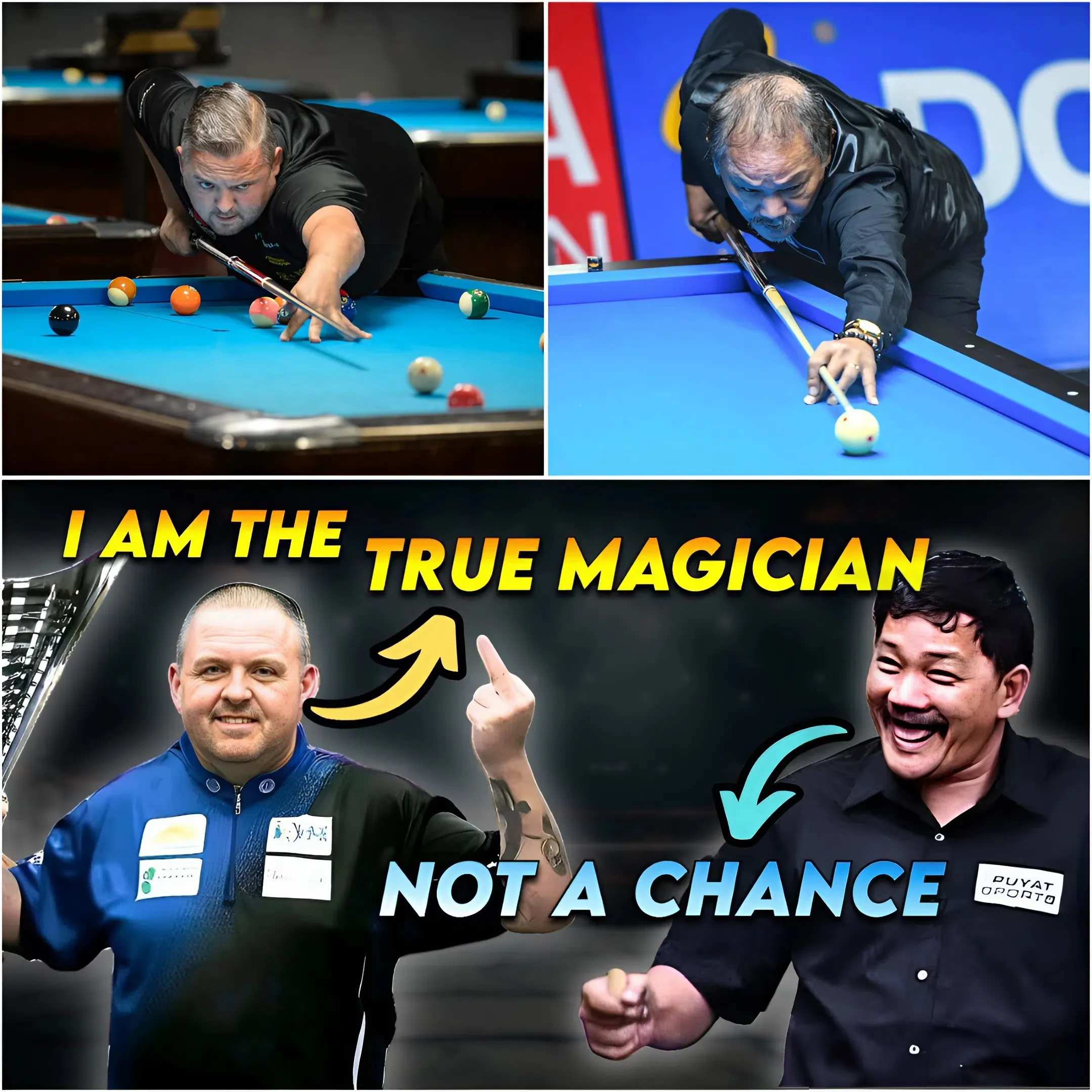
🔥 Magical Encounter! Efren Reyes Meets Chris Melling In A Match That Shakes The Billiards World – Who Is The Real Wizard?
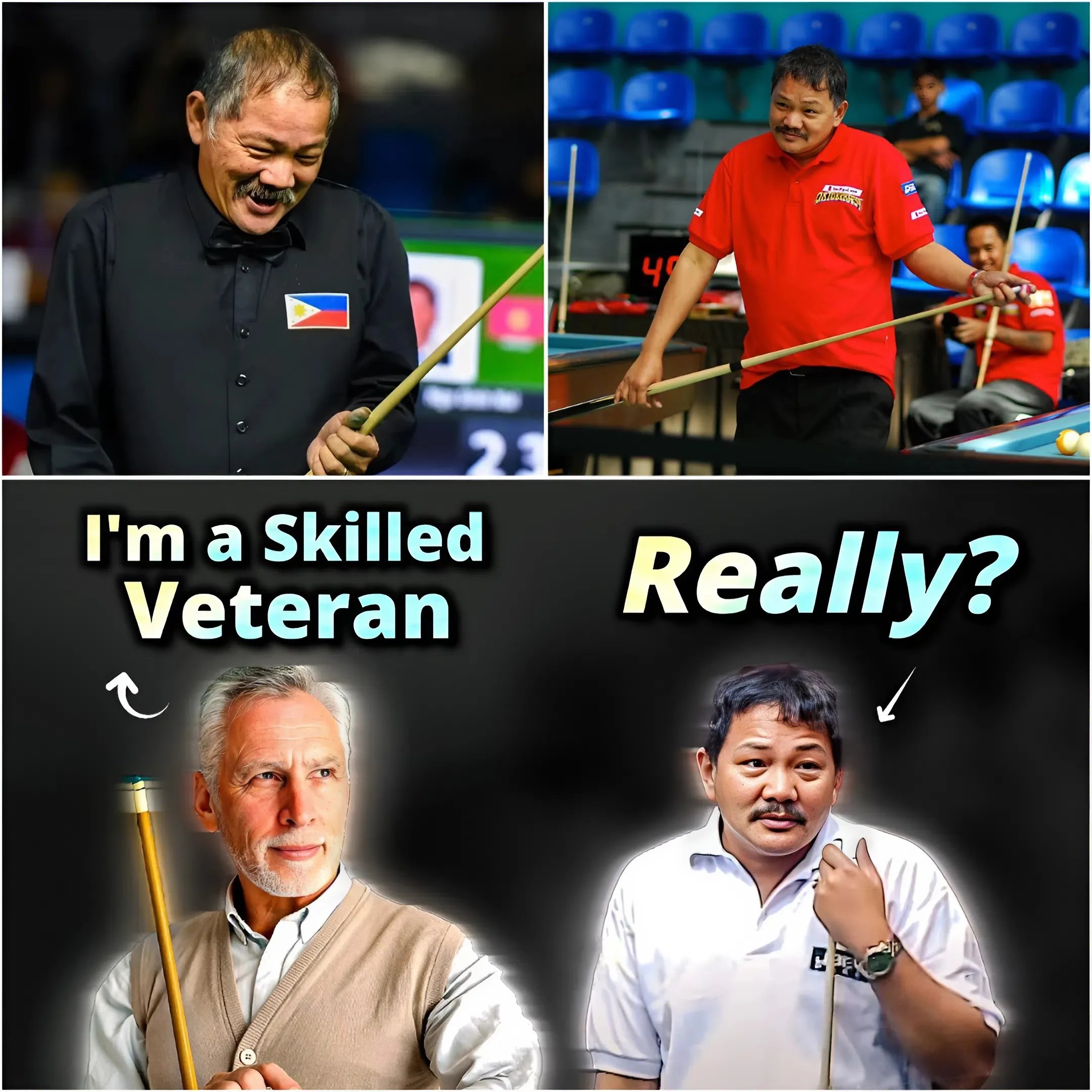
🔥 Living Legend! 68 Years Old, Efren Reyes Destroys American Opponents With Cue Ball Control Technique, Powerful Shots, and Creative Shots That Leave the World Speechless at the US Open!

🔥 Final Match! 2X Bank Pool World Champion and one of the Best Bank Pool Player in Ohio Dayton U.S.A. Vs. the Great Pool Legend Efren Bata Reyes from the Philippines in a very exciting and full of intense One Pocket Final Match...
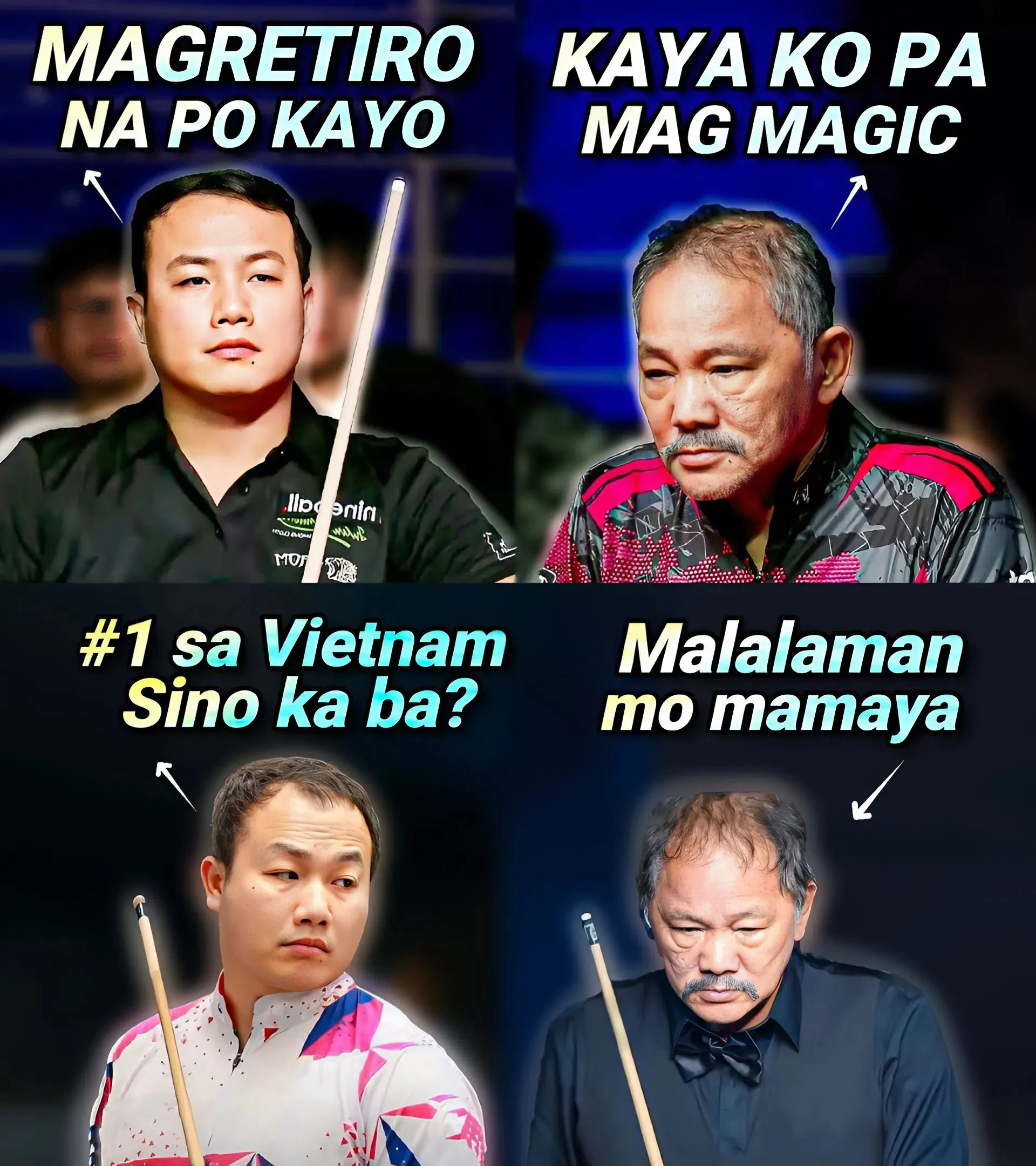
Efren Reyes vs No. 1 PLAYER in Hanoi, Vietnam! This is awesome, billiards fans, 69 year old Efren Reyes is still the best at playing 9-ball! Great shots and magic shots!
